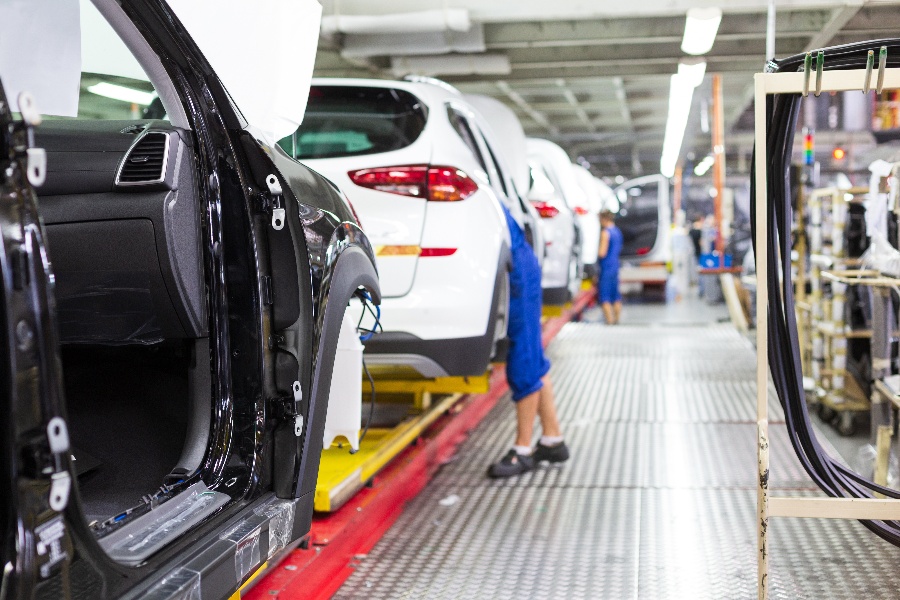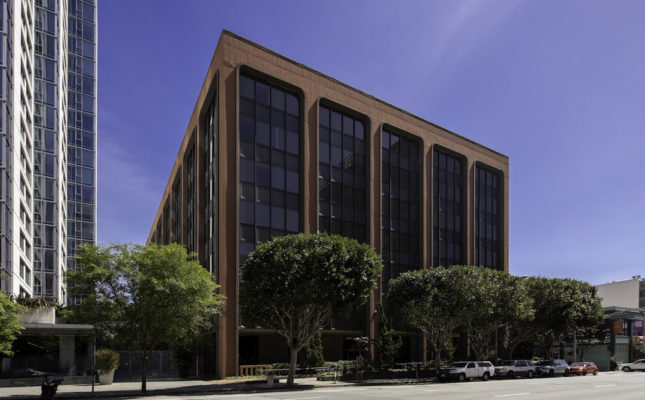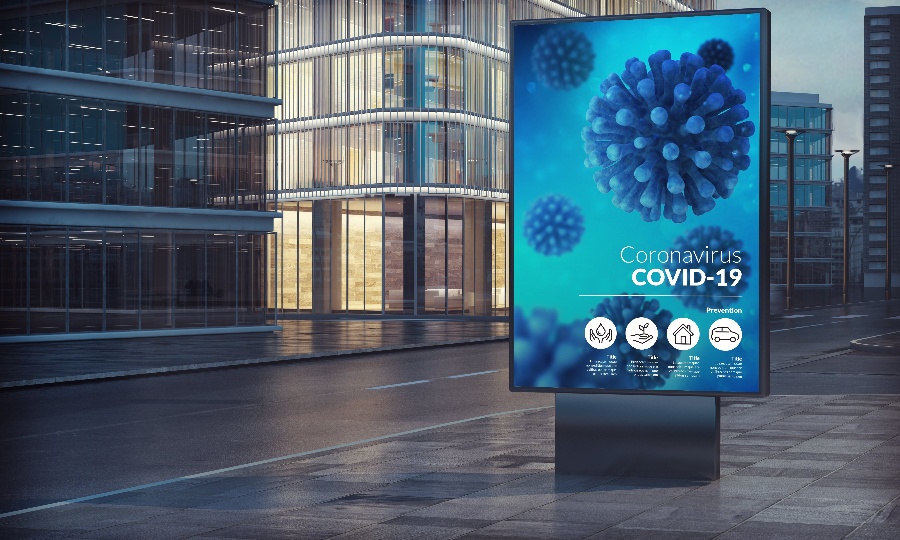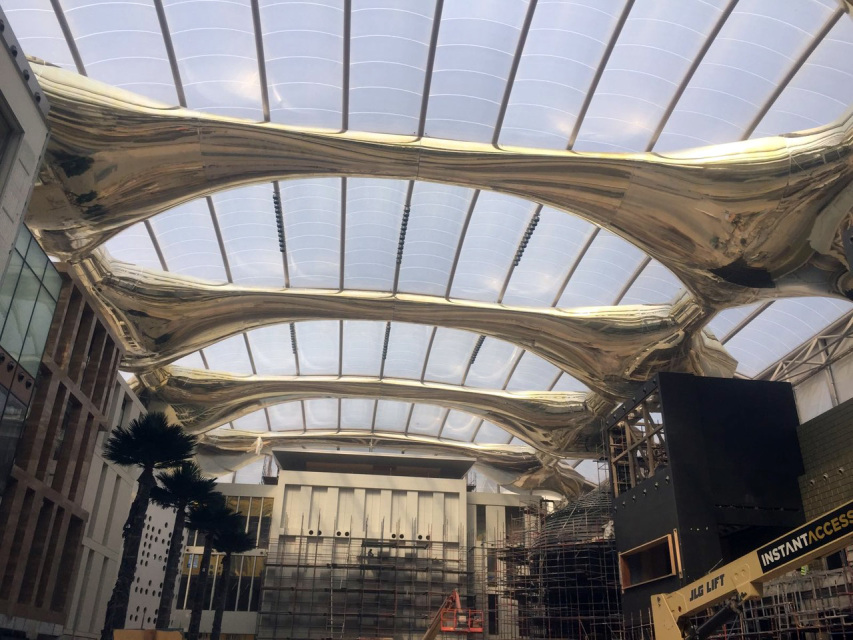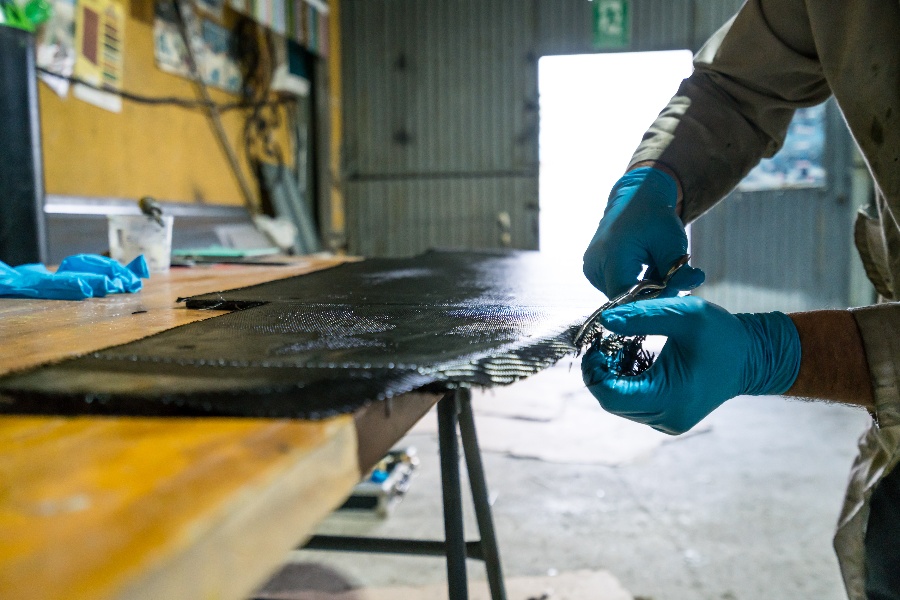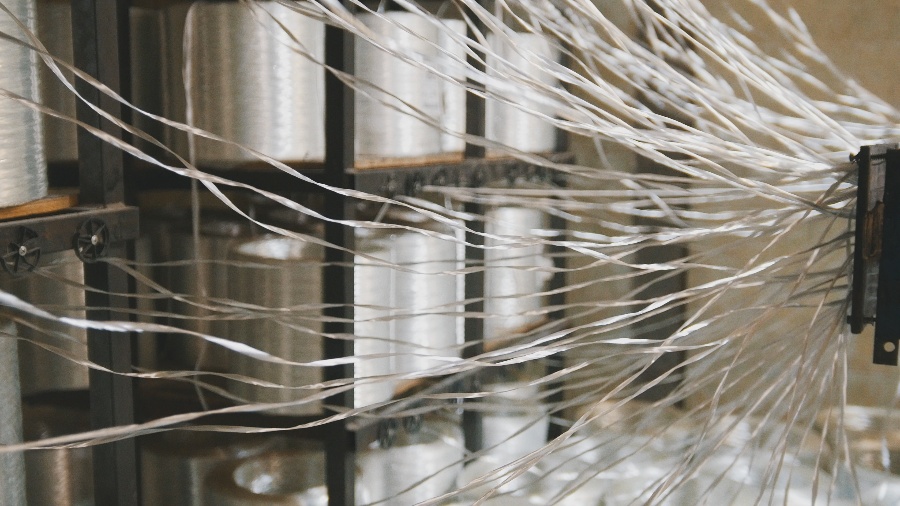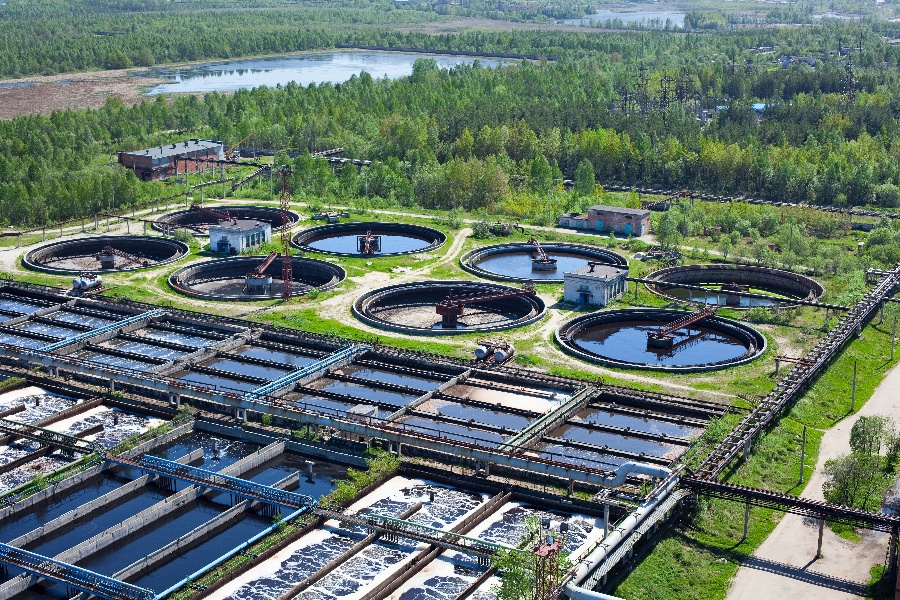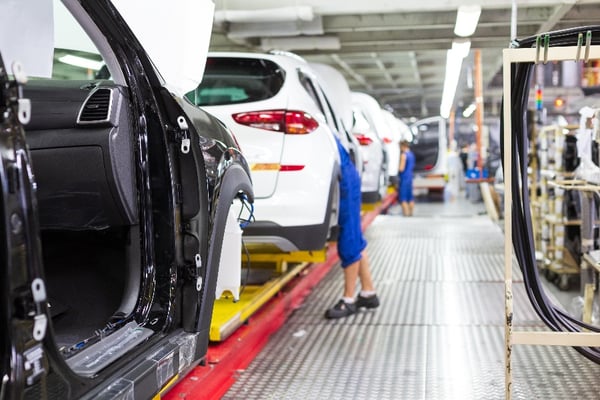
In the last decade or so, Pultruded products have been rising or, in this case, racing to the top. The most common sectors which employ proponents of pultruded fiberglass include transportation, infrastructure projects and construction. Now, the auto industry assumes a large portion of the pultruded fiberglass increase in revenue and market placement.
Since 2014, the auto industry has been seeking innovative structural applications to replace traditional ones and have found pultruded products to far outweigh other alternatives on the market.
Benefits of Pultruded Products in Automotive Market
First, they are cost-effective, drastically saving companies from large margins and exceeding budgetary limits. Cutting-edge technologies often incur revenue risks and higher costs. However, pultruded applications have proven themselves worthy and resistant over time.
Second, they are environmentally sustainable. Today, companies focus on carbon footprint reduction and pultruded products fit the bill. From manufacturing to auto applications, pultruded products come out on top and successfully tackle some of the issues that have been under scrutiny by the auto industry.
In cost effectiveness and performance as well as environmental conscientious, pultruded products demand and deserve attention from buyers, manufacturers, and consumers alike. Several advances in composite manufacturing propel the auto world into greener energy systems usage.
Third, low maintenance and lower thermal expansion keep pultruded products in high demand. Able to stand up to severe weather and wide temperature changes as well as super insulators, pultruded products surpass their competitors.
Fourth, lower overall weight means faster speeds, less gas mileage, and lower emissions. Comparisons between steel and lightweight composite materials have been at the center of manufacturing discussions, leaving old methods in the dust when compared to pultruded products.
Other benefits include heat and corrosion resistance, high strength-to-weight ratios, dielectric properties, and dimensional stability, versatile alternative to traditional materials, such as steel, carbon steel, stainless steel, non-ferrous metals, aluminum, and wood.
Pultrusions weigh 75% less than steel and are non-corrosive and light-weight is a key component in the transportation of auto parts from factory to warehouse as well as auto performance.
Additionally, pultruded products have been praised for their high quality, reliability, and safety. Studies have proven the success rates of both environmental and economic standpoints.
Studies and Facts
Pultrusion is an automated closed-molding process used in large-scale manufacturing. It fosters the use of cross section parts for optimizing economic gains and reducing loses. For the auto industry, the usage lends to higher profit margins and better product performance overall.
Pultrusion processes use polymer matrix and fibers for manufacturing of structural composite parts: composite structural materials are fabricated by the process based on resin dispersion, uniformity of cross-section, fiber distribution, and alignment.
High performance composite profiles can be made with very repeatable properties. Pultruded products include solid and/or bar profiles, often produced with 100% of the fiber reinforcement in the axial direction.
In the last few year, the pultrusion process has expanded to include structural profiles, integrating axial ribbon with multi-directional fiber reinforcements. Commonly used materials for pultrusion are fiberglass and polyester resin, both necessary aspects of automotive manufacturing.
By and large, the global pultrusion market will see substantial growth in the near future. There is a growing adoption of pultruded parts in various sectors, such as industrial, aerospace & defense, housing, construction, transportation as well as electrical insulation.
In a report entitled Global Carbon Fibre Market Remains on Upward Trend by Thomas Kraus and Michael Kühnel, CCeV, sub-segment trucks (18%), motor sport (15%) and passenger trains (13%) also make noteworthy contributions to the total revenues generated by the automotive sector.
With revenues expected to hit US$2.2 billion, the report finds that the automotive segment is increasingly important to the carbon composites market. Automobiles are considered a major area of growth generating 46% of the sector’s revenues. The unrelenting high cost of carbon composite components has up till now been restricted to luxury cars.
Pultruded products are currently in high demand and the demand is expected to rise over the next 5 years. Growth projections include 2019 to 2025 for the auto industry without any reason to decline in the near future due to the expansion of quality and testing on a global scale.
Products include various fiber and resin types as well as non- corrosive pultrusions that can withstand environments that cause metals to quickly lose structural and tensile strength.
For the automotive industry, having high resistance in composite part production maintains quality and quantity. Automotive applications, like bumper beams, roof beams, front-end support systems, door intrusion beams, chassis rails, and transmission tunnels seek improvement considering their production hasn’t changed drastically over the decades.
Since pultrusions offer durability at the fraction of the production and sales costs, it makes sense for automotive companies to make the switch or continue to employ pultruded products in their processes.
Pultruded products come in straight or curved formats which also increase the likelihood of being utilized successfully in the auto market.

